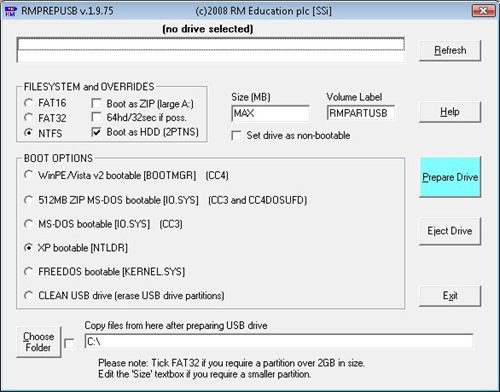

Does that mean your computers were still from turn of 2000 or had they been on an upgrade cycle? My point here is you said you were using Win2000 until a few years back at your work place and you had to upgrade because there was no printers with Win2000 support. But I'd hate to think what it would be like today trying to browse the net on a system like that. The software at the time was still more simpler, less visualy demanding and all the rest of it. I've not had problems running Windows XP for example on P2's at 300MHz, that was back in the day. Hence why there are newer versions of operating systems made, to support the newer features nativly with proper functionality.


But sometimes you don't get the full features or functionality.

Ultimately though the software eventually has most of it's limitations found out as newer and faster hardware comes out and people do make patches or work arounds. Although my main machine was running XP back then, I still used 98 machines regularly. Now as well al know the internet was quite different back then in '98 or so but Win98 did work quite fine into 2003 or 2004 with IE6 and a decent copy of FireFox for web browsing. I'm a big advocate of Windows98SE, used it for years and it could get everything done and maybe even quite usable today, at least if you're not expecting anything super special. Is that during the install or have you been able to get windows installed? At the end of the installation, the software will launch."It won't work is the usb drivers don't read the cd drive or flash drive, it's not like the computer itself can't run it." Once downloaded, run the installation software and follow the installation wizard. Your key is fast enough to avoid delays during installation of the OS.Your machine allows you to boot from your USB key (check the BIOS).The WinSetupFromUSB software: Link (click here).Once XP is downloaded, the user can proceed to install the XP with this key. Additionally, the key must be fast to avoid interruptions during the installation procedure and most importantly the configuration of the system must accept the boot on the USB key. This process requires certain requirements like a USB key with a capacity of 1 or 2 GB, an official CD of the Windows OS (or virtual drive), WinSetupFromUSB software and a PC with both a USB key and a CD ROM drive. For this, a bootable USB key must be created. Then, Windows XP can be required to be booted from a USB flash drive. This may be required if the optical drive is not working on the PC or if the user has a netbook. Windows 2000, XP or 2003 can be installed from a USB key.


 0 kommentar(er)
0 kommentar(er)
